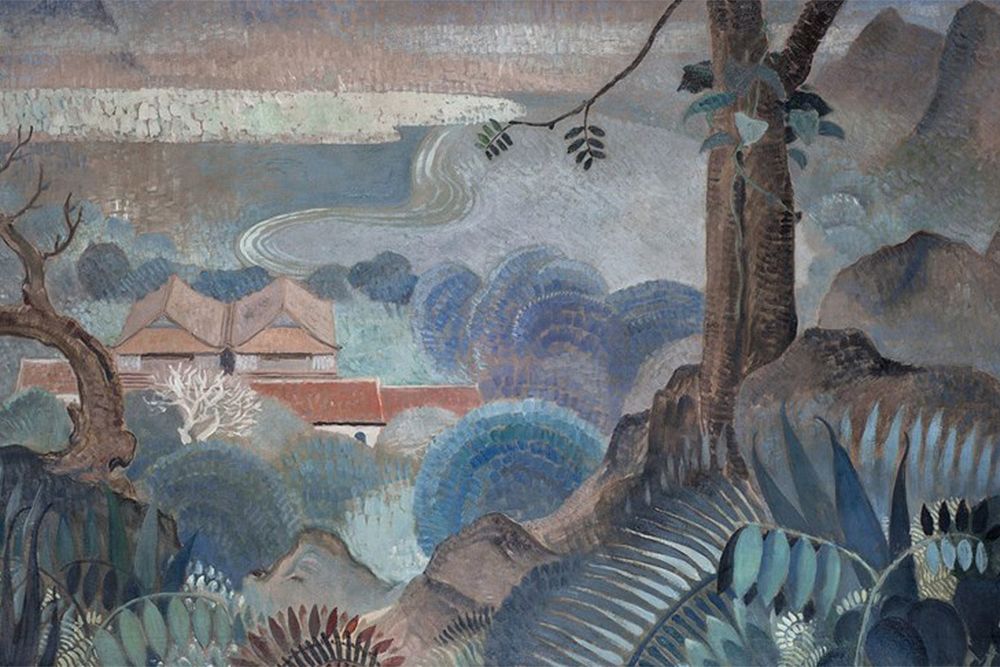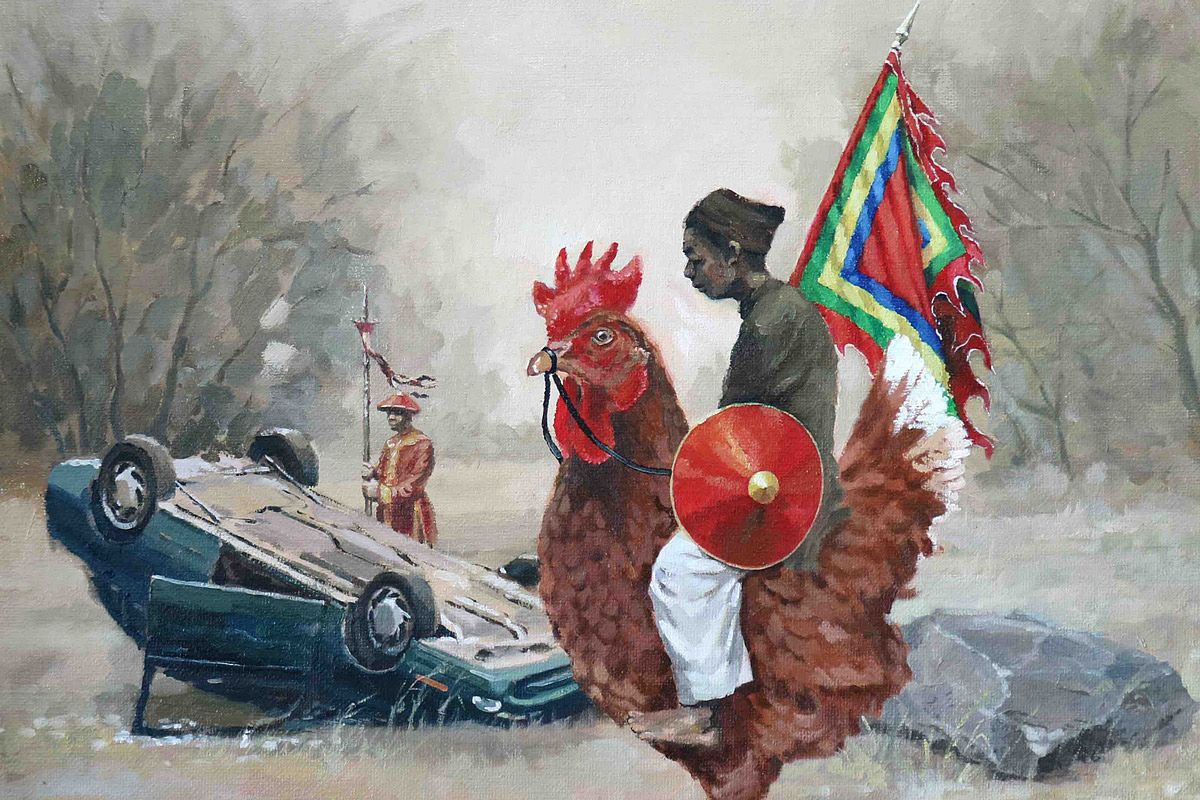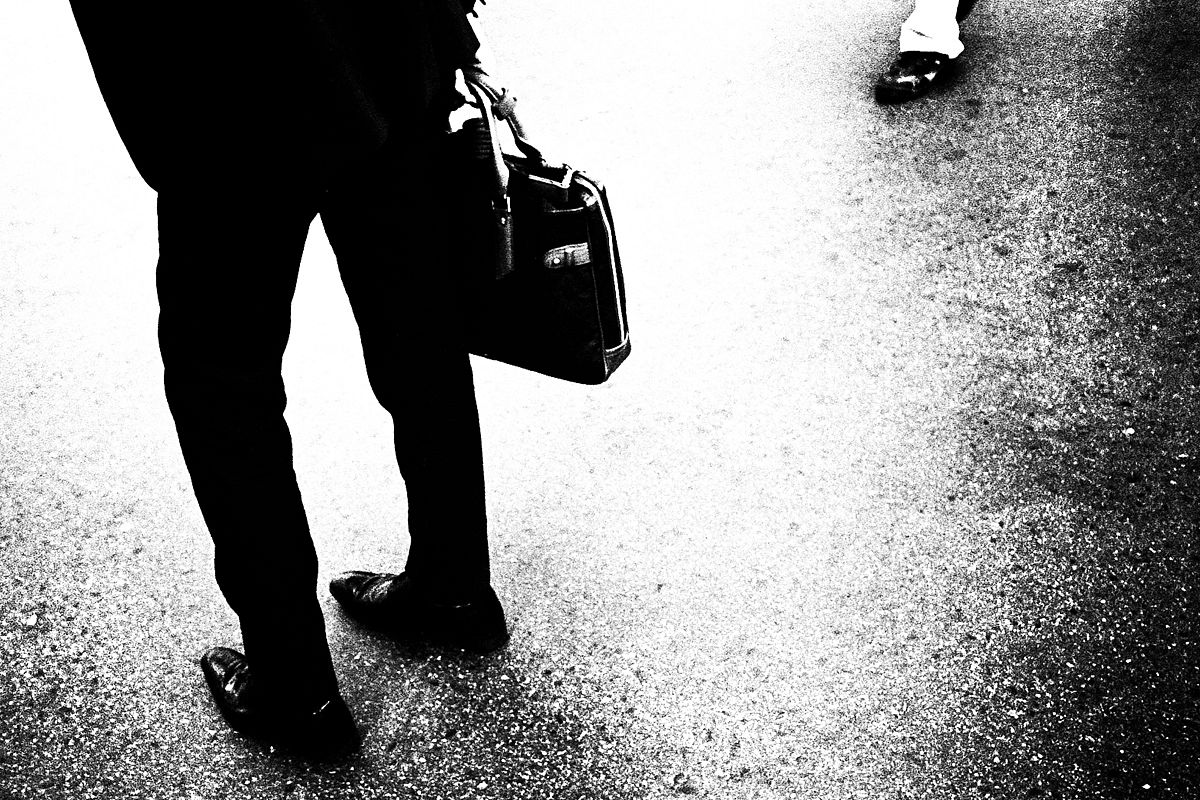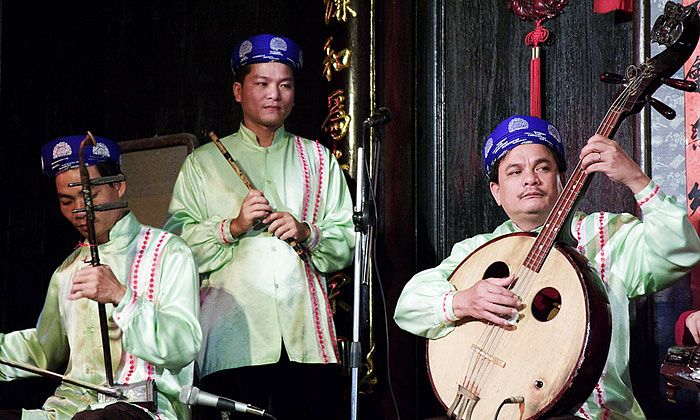When it comes to brave, daring women, Asia has no shortage of badass heroines. In Vietnam alone, historical figures like Vo Thi Sau and the Trung sisters are hailed for their courage and strength.
But the life of Ching Shih, the world’s most prolific and successful pirate, is a particularly captivating story, as evidenced by the various cinematic and literary pieces that document her life.
Asia's most fearsome female pirate made a brief appearance in the 2007 film Pirates of the Caribbean: At World’s End and is also set to star in the upcoming TV series Red Flag, where she’ll be played by Maggie Q, but it doesn't stop there. Photographer and filmmaker Morgan Ommer has also tapped the famed Chinese pirate for his short film Under the Red Flag, which is currently shooting in Hoi An.
The German photographer was drawn to Ching Shih by her unusual story. "I like pirates and Asia," says Ommer. "Her story fascinates me because the most successful pirate in history is Asian and is a woman.”
Before her swashbuckling days, Ching Shih worked as a prostitute in Cantonese China. She was later kidnapped by her future husband, the pirate Cheng I, and took over terrorizing the East Sea after his death. Perhaps the most impressive detail of her story is that she was one of few pirates who retired; most others were captured or killed.
“I first read about her in a short story by Jorge Luis Borges," Ommer explains. The short story, The Widow Ching, Lady Pirate, appears in the collection A Universal History of Inequity, in which Borges uses a playful, deceptive tone to narrate real stories from around the world that show the brutality and insanity of the human race.
But Ommer's film will take a different tack: while he will retell the turbulent and adventurous life of Ching Shih, as others have done before him, this filmmaker plans to do so through cinemagraphs.
Cinemagraphs are a fairly recent photographic technique which was first introduced in 2009 and has since been predominantly used within the fashion industry. Though it has rarely appeared in cinematic work, Ommer felt the unusual medium would lend itself well to his telling of the pirate queen's life.
“I am a photographer, I like still frames," explains Ommer. "A cinemagraph is a clever combination between a still image and a moving one. It is a photograph with moving parts. The fact that there is a moving element in a still frame is perfect for the way I see images.”
The style and idea behind the composition of Under the Red Flag come from two important artistic inspirations: filmmaker Wong Kar Wai and his cinematographer Christopher Doyle as well as Chris Marker's film La Jetée. The latter, a haunting, post-apocalyptic 1962 film, runs for less than 30 minutes and consists of a series of black-and-white still images complemented by a voiceover narration.
The separation of stills in motion pictures, although seldom used in contemporary cinema, pushes the audience to actively and consciously recognize their own perceptions of what’s in front of them.
Based on the sneak peek images we have seen from Under the Red Flag's first week of shooting, it seems this take on Ching Shih's life is more evocative and interpretative rather than a straight-up documentary, and we are excited to see the story told against the backdrop of Hoi An.














